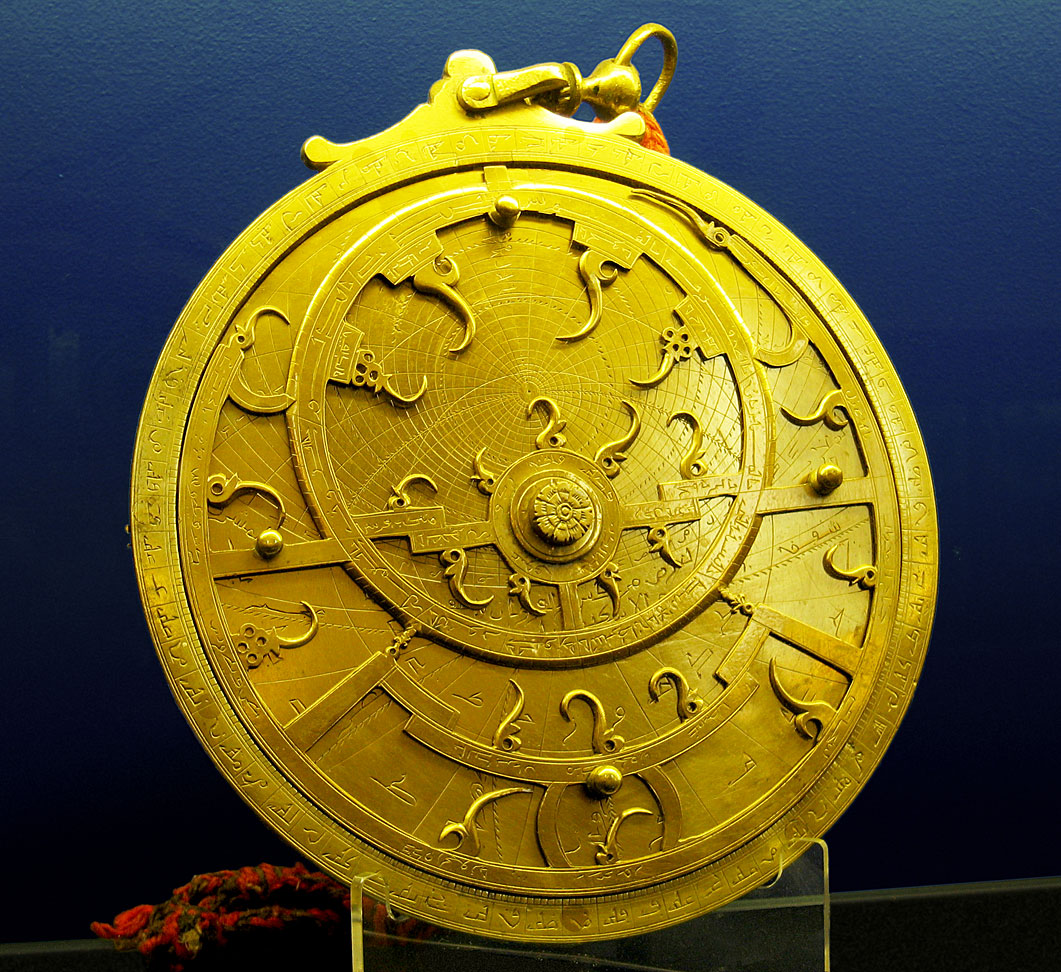
Environmental & Science Education
STEM
Astronomy
Technology
History of Science
Edward Hessler
"Let me start with a confession," begins writer Lee Lawrence in her recent article in Aramoco World, "I am no engineering whiz, but I like to know how things work. I studied religion, and I often write about art, which is how I first became entranced by astrolabes. Their beauty is mesmerizing, but their efficacy as an instrument leaves me perplexed."
Lawrence titled her essay Astrolabe Tech Made...Not So Easy which is a perfect and honest abstract about her struggle and persistence in figuring out the workings of the astrolabe as well as learning how to use it.
This incredibly clever instrument--a portable computer in its time, perhaps the first--was used "to compute the next eclipse at any location on any date; know where the planets were or had been; and tell when the sun would rise and set, any day, anywhere." In addition, it could be used to tell time, calculate height and assist in direction.
Lawrence learns how to make one but is not as successful as she hoped in learning how to use it. Her essay describes the parts of the astrolabe, how they work, Lawrence's construction of an astrolabe and her effort in learning to master it. In addition, illustrator Ivy Johnson provides a quick and interesting history of the astrolabe in a comic paneled format. The idea was influenced and made possible by a variety of people. I thought Lawrence did very well in learning how to tell time using her astrolabe.
Lawrence's essay is beautifully illustrated and includes a link to a video featuring her effort. Inside the essay is a reference to the Astrolabe Generator (The Astrolabe Project: An Obsession in Progress by Richard Wymarc) which is a trove of information and videos, some by scholars, as well as instructions on how to construct a customized astrolabe using a laser.

No comments:
Post a Comment